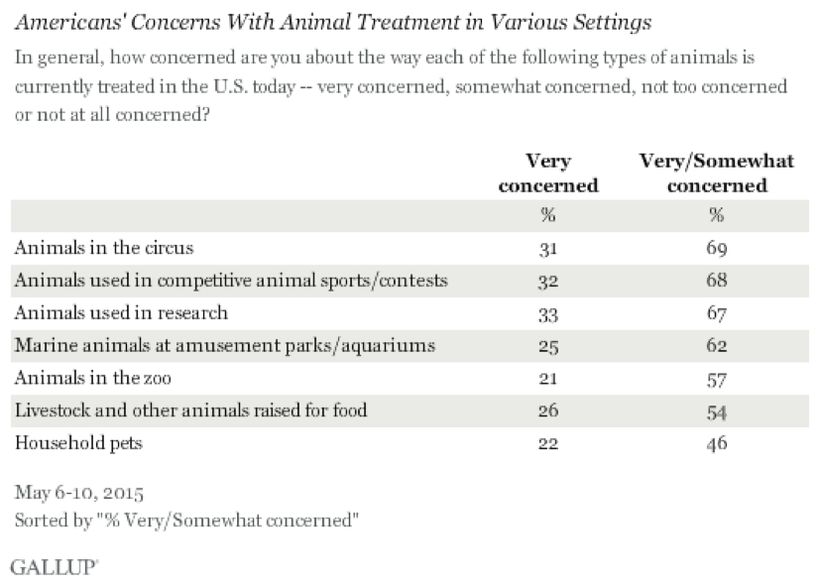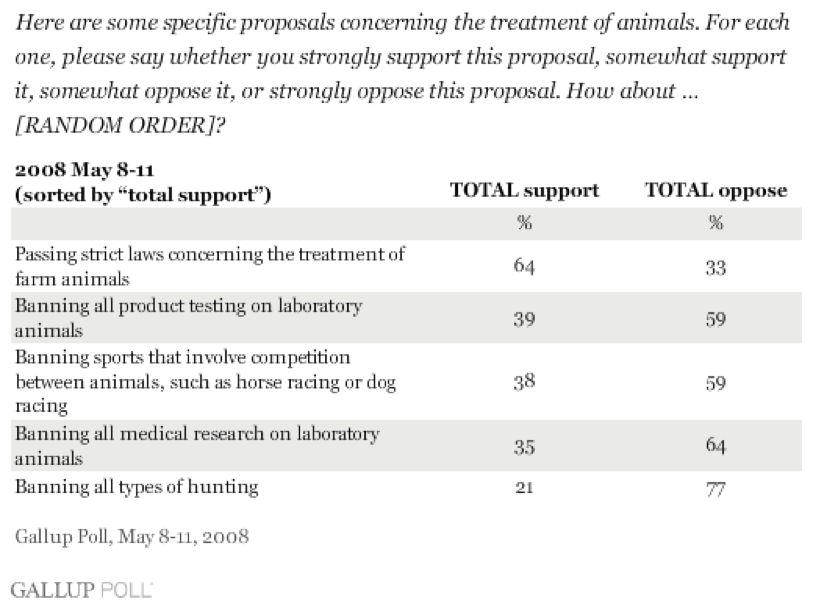When is it time to break out the bullhorns, storm the streets, and raise hell for animals?
This is one of the most hotly debated questions among animal advocates today. Even the most committed activists argue that confrontational activism hurts the movement by promoting the negative stereotype that we are nasty people who will probably throw fake blood on you, or say mean things about you to our cats.
Others, like myself, argue that (1) we should follow the example of history’s most successful social justice movements by embracing confrontational activism, and (2), our cats probably wouldn’t like you anyway.
Now, I don’t want to rehash the old and ongoing debate about the effectiveness of the sort of activism that Martin Luther King Jr. described as “nonaggressive physically but strongly aggressive spiritually.” Frankly, I’m not sure that it’s really even up for debate. The academicliterature strongly supports the view that movements gain power “when ordinary people join forces in contentious confrontation with elites, authorities and opponents.” In other words: confrontational advocacy works.
Savvier critics of confrontational animal advocacy don’t dispute that it can be extremely effective in the right context. Instead, they argue that our movement lacks sufficient public support for confrontation to be effective, and that aggressive activism will be counterproductive until we achieve vastly more buy-in from society at large.
I think they are dead wrong. If a certain threshold of public support is necessary before confrontational activism can be effective, we’ve almost certainly met it. (To be clear, I’m not convinced that there is a public support threshold at all, although I am persuaded that public support can make confrontational activism more effective.)
In 2015, an overwhelming majority of Americans said that they were concerned about the treatment of animals used in the circus, in sports, and in research, and almost a full third of the population said they were “very concerned” with these issues. At the same time, over half of Americans said they were concerned about the treatment of animals used in aquariums, zoos, and in agriculture, with about a quarter reporting they were “very concerned.”
Compare that with the appalling (but not shocking) 2013 data suggesting that the majority of Americans were “satisfied” with how Hispanic, Asian, Arab, and Black people and women were treated in the U.S. Even in 2015, less than half of American’s believed that black people are treated less fairly by the police. If anything, it seems that animal rights activists might have even more public support for their causes.
To put the point another way: If we think Black Lives Matter protests are likely to be effective when fifty-six percent of Americans (disturbingly) have “a great deal or quite a lot of confidence in police,” then why shouldn’t we believe that protests could be an effective tool against animal agriculture, an institution that most Americans are actually concerned about?
I think the fundamental mistake made by critics of confrontational advocacy is that they are using the population of vegans and vegetarians as an estimate of the public support for pro-animal policy changes.
The 2008 poll above, shows the reality: Over a third of Americans want a total ban on animal testing, sports like horse and dog racing, and biomedical research on animals; and the vast majority of Americans support “strict” laws for the treatment of farmed animals. Moreover, those numbers are certainly even higher now, given that the number of Americans who believe animals should “have the same rights as humans” has increased by over twenty-five percent since 2008.
Again, compare those figures to the following: Only forty percent of Americans opposed fracking in 2015; in 2016, only thirty-six percent supported a ban on assault weapons, and thirty-seven percent opposed the death penalty.
So enough of characterizing ourselves as a second-class movement. If public opinion doesn’t disqualify confrontational activism for these issues, then it shouldn’t for animal advocacy. If confrontational activism was effective in 1961 when sixty-four percent of Americans opposed the freedom rides; and if it was effective in 1969, when sixty-three percent of Americans believed that “homosexuals are harmful to society” then why shouldn’t it be effective for animal rights activists today?
Admittedly, I have long been sympathetic to the argument that, when it comes to public opinion, the animal rights movement is simply in a different category than the civil rights movement, the gay rights movement, and other social justice movements — but at the end of the day, the polling data suggests otherwise.
In closing, I want to make two key points.
Number one: Even if you doubt that we have sufficient public support to productively protest for the abolition of animal agriculture, it’s simply undeniable that we have sufficient support to protest for banning fur, cosmetics testing, animal research and more. It’s also undeniable that we have the support necessary to effectively employ confrontational methods to expose the horrors of animal agriculture and hold abusers accountable.
Number two: Not all confrontational activism is created equal. Let me be clear, protesting in Whole Foods is not the only way to do confrontational activism for farmed animals. If you think that’s ineffective or counterproductive, disrupt in another way.
The point is that animal advocates need to embrace confrontational tactics, and that we have the public support to do that today.
See you in the streets.




